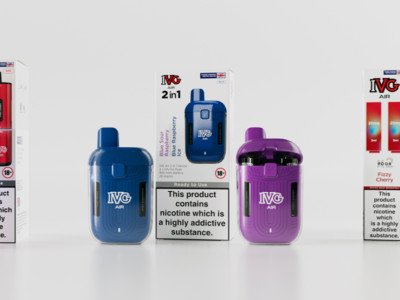The work has been published by the international network of independent laboratories of the Replica project, a group of scientists leading the world in the field of harm reduction. The latest study published evaluated the harm caused to endothelial cells (the cells which release substances that control vascular relaxation and contraction) by cigarette smoke compared to electronic cigarette and heated tobacco products.
Endothelial damage represents the original pathological occurrence that leads to diseases such as arteriosclerosis and cigarette smoking is the initiator. Smoking compromises the normal activity of the endothelium, causing damage to the vascular system and leading to the development of pathologies such as hypertension and arteriosclerosis. Cigarette smoking and the smoke toxicants are associated with impairment of repair mechanisms necessary for vascular endothelium homeostasis, such as the inhibition of endothelial cell migration.
Reducing the exposure to smoke toxicants may result in the mitigation of the harmful effect on the endothelium and cardiovascular disease development. Numerous international studies investigated the effects of cigarette smoking on endothelial cell migration and the related vascular damage: in particular, a study by Taylor et al. (Taylor et al., 2017) showed a significantly reduced inhibition of endothelial cell migration in vitro (test tubes) by electronic cigarette aerosol exposure when compared to cigarette smoke. This means that the endothelial cells exposed to e-cigarettes aerosol maintain their ability to effectively heal small wounds in the blood vessels, unlike the endothelial cells exposed to cigarette smoke and toxicants, which instead result severely limited in their wound repair ability.

Researchers from the Replica project, one of the most successful projects of the CoEHAR, which in the last two years replicated the most important international studies in the field of tobacco harm reduction thanks to a network of independent laboratories, demonstrated the reduced toxicity of electronic cigarettes and set reference standards for the scientific research. The aim of the scientists of the CoEHAR was to perform a multi-centre replication study to verify the results of Taylor and colleagues.
The study, “Comparative assessment of electronic nicotine delivery systems aerosol and cigarette smoke on endothelial cell migration: the Replica Project”, compared the effects of three commercial electronic nicotine delivery systems and a conventional cigarette. Following the international scientific standards and using the most innovative techniques and tools available, data collected by CoEHAR researchers confirmed the results from Taylor and colleagues: electronic cigarettes do not induce the inhibition of endothelial cell migration in vitro as compared to cigarette smoke, reducing the harm caused by tobacco smoke. CoEHAR researchers additionally compared the results obtained with two different heated tobacco products: the effects are much less pronounced than those observed with cigarette smoke.
“As evidenced by previous studies conducted by the Replica project team, the harm caused by electronic nicotine delivery systems is significantly less than the harm caused by cigarette smoke,” explained Prof. Massimo Caruso, author of the study and co-project leader of Replica. “The interesting fact is that switching to combustion-free products reduces vascular damages and prevents the possibility to of the onset of smoking related diseases such as arteriosclerosis and hypertension. Once again, our research has challenged the notion that e-cigarettes or heated tobacco causes similar damage to that of combustible cigarettes.”
References:
- The Centre of Excellence for the acceleration of Harm Reduction - https://www.coehar.org
Photo Credit:
Photo by Bekky Bekks on Unsplash
Dave Cross
Journalist at POTVDave is a freelance writer; with articles on music, motorbikes, football, pop-science, vaping and tobacco harm reduction in Sounds, Melody Maker, UBG, AWoL, Bike, When Saturday Comes, Vape News Magazine, and syndicated across the Johnston Press group. He was published in an anthology of “Greatest Football Writing”, but still believes this was a mistake. Dave contributes sketches to comedy shows and used to co-host a radio sketch show. He’s worked with numerous vape companies to develop content for their websites.
Join the discussion
Parliament Fears Two
The Department for Environment, Food and Rural Affairs faced questions from a Conservative MP and, oddly, a member of the Department for Environment, Food and Rural Affairs
Harm Reduction For The Rich
The United Kingdom risks becoming a harm reduction country only for the wealthy, according to Michael Landl of the World Vapers’ Alliance
Sacrificing Health For 2p Cut
Tory Government alienates vaping voters with its mission to cut tax by an unaffordable 2p to attract voters by placing a tax on vape products in the forthcoming budget
Scotland Announces Single-Use Vape Action
A ban on the sale and supply of single-use vapes in Scotland is due to come into effect on 1 April 2025, under proposed legislation published today












